Poco F8 Pro Review: Another flagship killer?

Last year Poco decided to hop on the "Ultra" train and introduced the first phone bearing that moniker. This pushed the "Pro" model down and effectively transformed it into an upper midrange device.
I won't pass judgment on whether calling a midrange phone "Pro" is misleading or not, but this year we have the second iteration of the Ultra-Pro duo. The review of the Poco F8 Ultra is out, so check it out to see what the brand can offer in the very top segment.
Looking at the Poco F8 Pro, though, it's clear that Poco has brought some good upgrades to the table, aiming to justify the "Pro" moniker. The phone now sports a telephoto camera, the screen is on par with the Ultra model, and the chipset is very powerful, despite being one year old. The dedicated subwoofer from the Ultra model is gone, but the sound is still tuned by BOSE.
The phone starts at $579, which puts it in direct competition with the Pixel 9a and the Galaxy S25 FE. So, is the Poco F8 Pro worthy of its name? Let's find out.
Table of Contents:
Poco F8 Pro Specs
A step up
Let's start with an overview of the Poco F8 Pro specs:
| Poco F8 Pro | Poco F7 Pro |
|---|---|
| Size and Weight 157.5 x 75.3 x 8 mm 199 grams | Size and Weight 160.3 x 75 x 8.1 mm 206 grams |
| Display 6.59" 120Hz AMOLED 3,500 nits peak | Display 6.67" 120Hz AMOLED 3,200 nits peak |
| Processor Snapdragon 8 Elite 3nm | Processor Snapdragon 8 Gen 3 4nm |
| Software Xiaomi HyperOS 3 Android 16 | Software Xiaomi HyperOS 2 Android 15 |
| Cameras 50 MP, f/1.9, 24mm (wide), 1/1.55", 1.0µm, PDAF, OIS 50 MP, f/2.2, 60mm (telephoto), PDAF, 2.5x optical zoom 8 MP, f/2.2, 15mm, 120˚ (ultrawide) 20 MP front camera | Cameras 50 MP, f/1.6, 24mm (wide), 1/1.55", 1.0µm, dual pixel PDAF, OIS 8 MP, f/2.2, (ultrawide), 1/4.0", 1.12µm 20 MP front camera |
| Battery Size 6,210 mAh | Battery Size 6,000 mAh |
| Charging Speeds 100W wired No wireless | Charging Speeds 90W wired No wireless |
| Prices $579 for the 12/256GB version | Prices $579 for the 12/256GB version |
The design of the Poco F8 Pro follows closely that of its bigger and more expensive brother. There's no fancy subwoofer here and no denim treatment, but Poco has used a 2 mm slab of glass to machine the back of the phone, creating another unique design.
The camera bump is just clear glass, while the surface of the glass around it is frosted. The end result is a pretty stylish device, and the Titanium Silver color option emphasizes the effect. You can get the phone in Black and Blue as well.
The shape of the camera bump is rectangular, spanning from side to side, as it's trendy nowadays. The screen is completely flat, as is the frame with an ever-so-slight curve toward the back glass.
The camera bump is just clear glass, while the surface of the glass around it is frosted. The end result is a pretty stylish device, and the Titanium Silver color option emphasizes the effect. You can get the phone in Black and Blue as well.
Around the aluminum frame you will find the usual set of buttons—a power button and a volume rocker above it. There's a USB-C port on the bottom, the SIM tray, and the loudspeaker grill. Pretty clean affair.
The phone is 8 mm thick and weighs 199 grams; it's a perfect middle ground, not super compact, but not a huge device either. The build quality is great, and there's IP68 dust and water resistance on board as well.
The phone is 8 mm thick and weighs 199 grams; it's a perfect middle ground, not super compact, but not a huge device either. The build quality is great, and there's IP68 dust and water resistance on board as well.

The retail box is a slight disappointment, as there's no charger inside. Given the phone supports up to 100W wired fast charging just like its bigger and more expensive sibling, it would've been nice to get the appropriate charging brick in the retail box. There's a silicon case, a cable, and some paperwork.
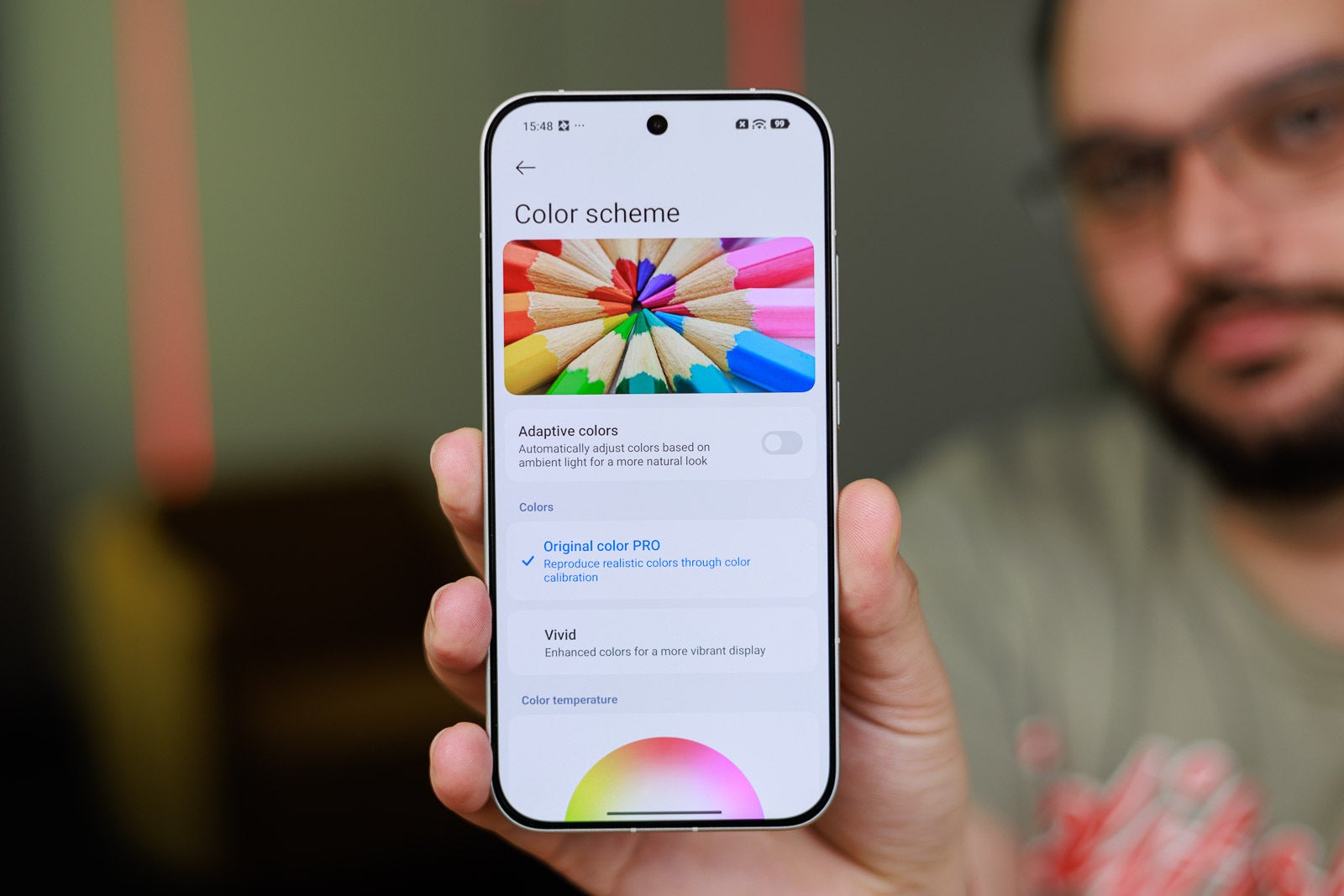
The display panel inside the Poco F8 Pro is a 6.59-incher with a resolution of 2510x1156 pixels, and it uses the same HyperRGB tech as the one in the Ultra model. This tech optimizes the use of red, green, and blue subpixels to create a more vivid image while keeping energy consumption down. The screen supports a 120 Hz refresh rate, and according to Poco, it can go up to 3,500 nits of brightness. Time for lab tests.
Indeed, the Poco F8 Pro is very, very bright. It managed to output 3,420 nits of brightness at 20% APL, very close to the cited 3,500. What's more impressive is that the minimum brightness was 1 nit, on par with Apple and Samsung top-tier phones. The color reproduction was also pretty good out of the box with an average detlaE of 1.7. Overall, one of the best displays at this price point.
In terms of biometrics, there's an ultrasonic fingerprint under the display of the Poco F8 Pro, just like the one used on the Ultra model—it's very fast and accurate. There's facial recognition as well, but it relies only on the selfie camera, with no fancy Time-of-Flight or radar tech, so it's not that secure.
Poco F8 Pro Camera
Glass plateau?
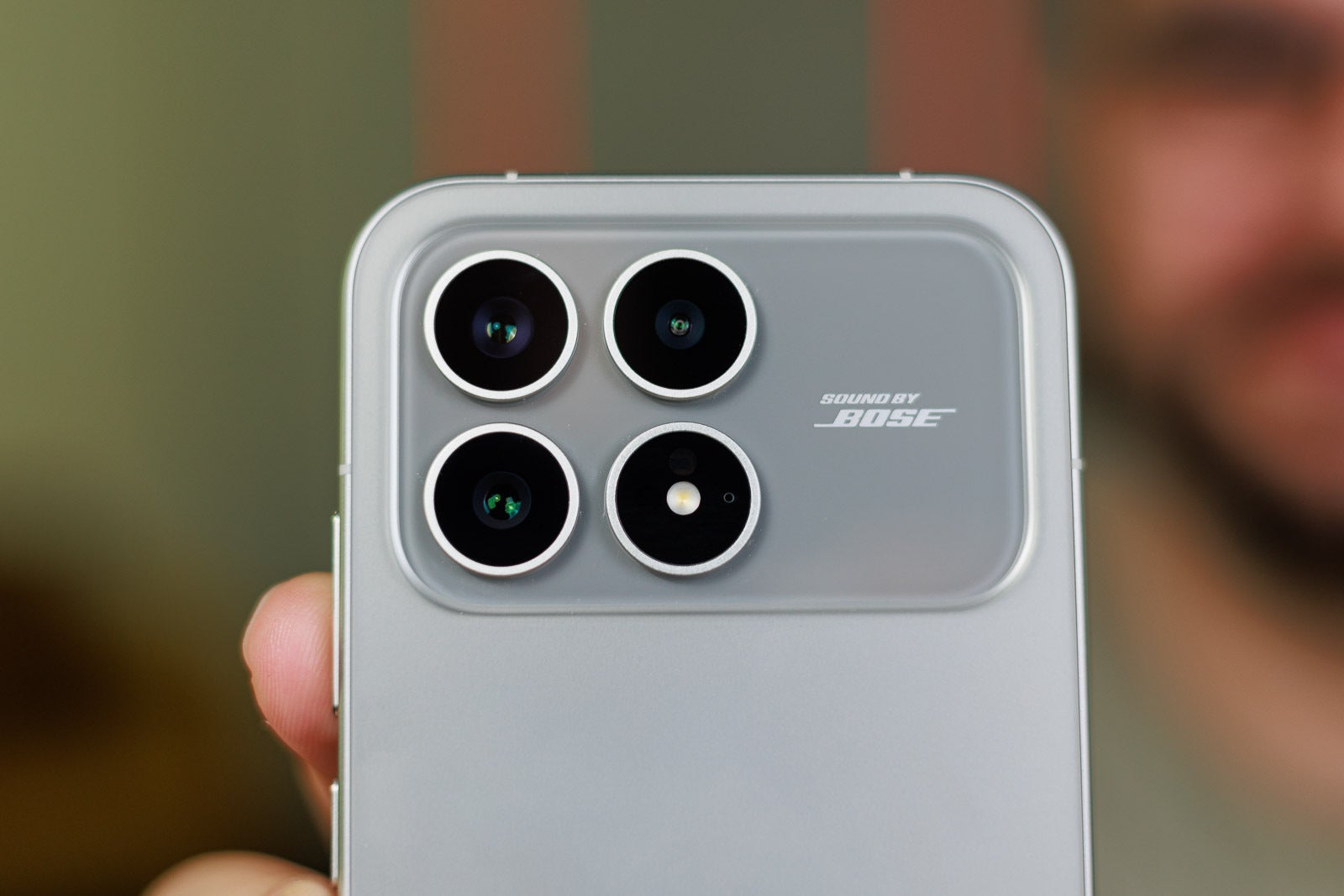
The Poco F8 Pro comes with an upgrade compared to the last generation. There's a brand-new telephoto camera on board to complete the wide-ultrawide setup. The main camera uses a 50MP, 1/1.55" Light Fusion 800 image sensor under a lens with an f/1.9 aperture.
The aforementioned new telephoto camera also relies on a 50MP sensor and gives you the equivalent of a 60 mm lens, which is 2.5X if we measure the zoom level from the main 24 mm camera. Sadly, the ultrawide camera has been carried over from the previous model, it's an 8MP one, which in this day and age is not enough pixels.
The Camera benchmark score of the F8 Pro is decent, but the tradeoffs are plain to see. The main camera scores 78 out of 87, but the ultrawide drags the final score down both in photo and video. Let's check how these scores translate to real-life images.
The aforementioned new telephoto camera also relies on a 50MP sensor and gives you the equivalent of a 60 mm lens, which is 2.5X if we measure the zoom level from the main 24 mm camera. Sadly, the ultrawide camera has been carried over from the previous model, it's an 8MP one, which in this day and age is not enough pixels.
Time for samples!
The main camera tackles the bleak conditions quite well, with a good level of detail and wide dynamic range. The color reproduction and white balance are also decent, though in some cases colors look just a tad more saturated than what my eye saw during the shoot.
You can snap 2X photos as well; it's not optical zoom but lossless crops from the main sensor. These samples look okay, but the 2.5X shots from the dedicated telephoto camera are better. There's also an option for 5X zoom; this crops the image of the telephoto after the 2.5X optical to double the magnification.
Video Quality

Poco F8 Pro Performance & Benchmarks
Last year's Elite

Poco uses one generation older chips in its Pro-tier smartphones, and the Poco F8 Pro is no exception. Thankfully, the last year's Qualcomm Snapdragon is a beast and absolutely capable of maintaining the snappiness and fluidity of a device for many, many years.
The RAM and storage mimic the Ultra model; the base variant comes equipped with 12GB of RAM and 256GB of onboard memory, and there's an upper-tier model with 16GB of RAM and 512GB of storage. Let's see what the synthetic benchmarks tell us.
The RAM and storage mimic the Ultra model; the base variant comes equipped with 12GB of RAM and 256GB of onboard memory, and there's an upper-tier model with 16GB of RAM and 512GB of storage. Let's see what the synthetic benchmarks tell us.
CPU Performance Benchmarks:
Compared to its direct rivals, and also the last year's model, the Poco F8 Pro is the clear winner when it comes to raw CPU performance. These scores are also backed up but the real-life experience with the phone - it feels flagship-fast.
GPU Performance
The GPU scores are equally impressive; the Snapdragon 8 Elite in some scenarios gets closer to its heat-handicapped successor, the Snapdragon 8 Elite Gen 5. So, in a sense, the Poco F8 Pro might be a wiser choice, as it's more stable than the Ultra and doesn't heat up as much.
Poco F8 Pro Software
HyperOS 3 is the UI running on the Poco F8 Pro, and it's based on Android 16. The same operating system powers Xiaomi's top phones. HyperOS has been pretty clean in its past distribution, and that's the case with the latest one as well. It looks pretty stock.
AI is still the rage in smartphone software, and the Poco F8 Pro features Xiaomi's Hyper AI, offering a number of helpful features, including speech recognition, live translation, writing assistance, and subtitles. You can also create and edit with the help of tools like Eraser Pro, AI Frame, and more. Finally, you can use Gemini, if that's your preferred AI agent.
Poco F8 Pro Battery
Subwoofer woes
The Poco F8 Pro bumps up the battery capacity to 6,210 mAh (up from 6,000 mAh on the previous model), and I'm pretty sure it uses silicon-carbon tech to achieve this high capacity, given the slim body.
There's no power-hungry subwoofer on board, so the results should be much better than what the Ultra model was able to achieve. Well, the Battery widget is actually in the beginning of this paragraph, so it's no secret that the Poco F8 Pro fared much better than its sibling, achieving a 9h 25m battery estimate. This result places it 10th overall among phones tested in the past two years. An impressive result.
There's no power-hungry subwoofer on board, so the results should be much better than what the Ultra model was able to achieve. Well, the Battery widget is actually in the beginning of this paragraph, so it's no secret that the Poco F8 Pro fared much better than its sibling, achieving a 9h 25m battery estimate. This result places it 10th overall among phones tested in the past two years. An impressive result.
PhoneArena Battery Test Results:
Looking at the battery tests in detail, it's clear to see that the subwoofer took a lot from the Ultra, while the lack of it in the Pro model boosted the battery life significantly in the YouTube and Gaming tests (where we use max volume during the test procedure).
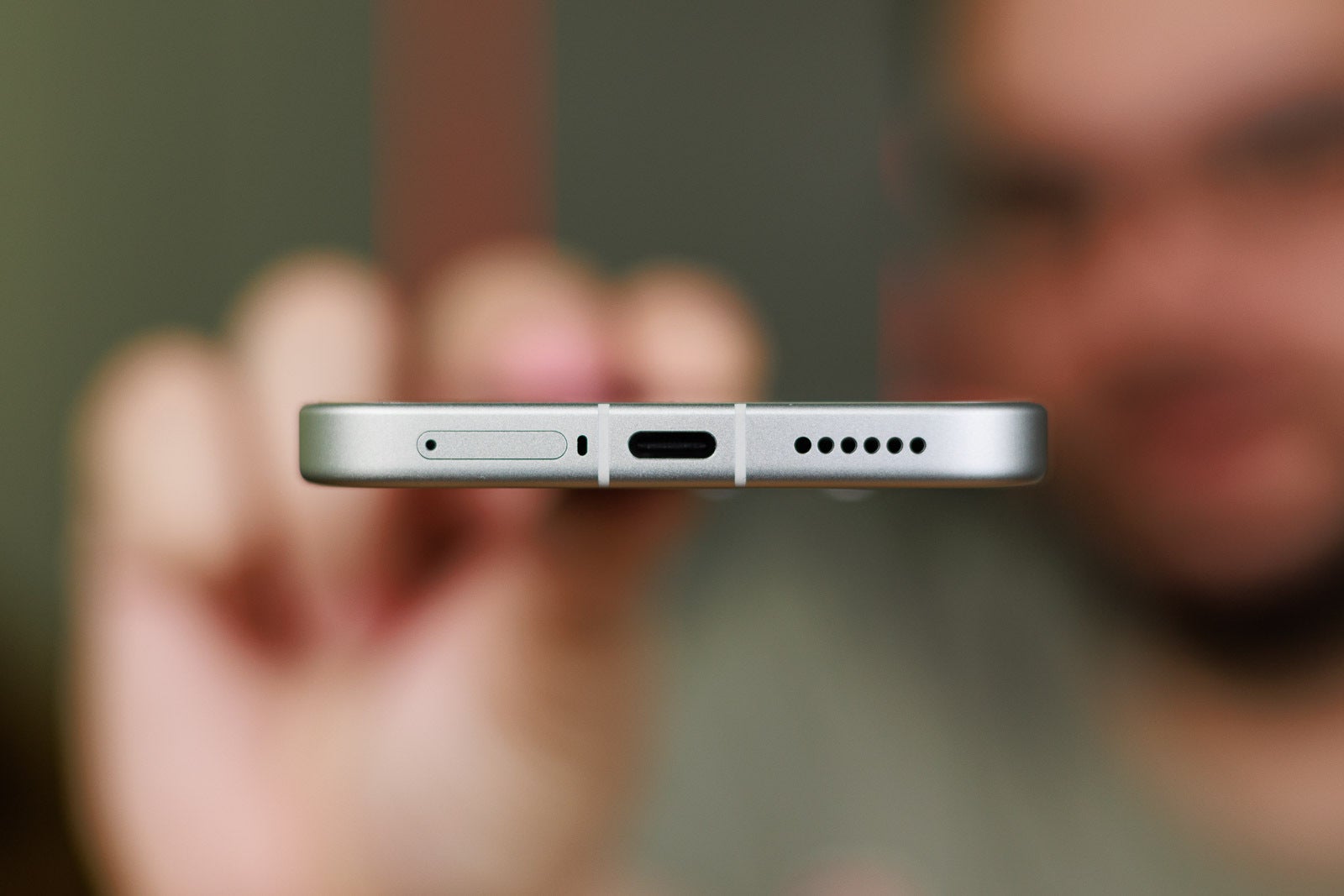
In the charging department lies one of the biggest sacrifices Poco had to make to place this phone in the price range it occupies. Wireless charging. There's none on the Poco F8 Pro. You're stuck with wired, and to be fair, 100W wired will get you from zero to full battery in 42 minutes, given you find the appropriate charger.
Poco F8 Pro Audio Quality and Haptics
There's a stereo speaker system on the Poco F8 Pro, no fancy subwoofers, just the usual earpiece-loudspeaker combo. The sound is tuned by BOSE, as it's prodly stated on the camera housing, and it definitely can get quite loud.
The quality is a bit harsh, though, and the soundstage is not very wide. There's some compression going on, especially in the high frequency, and toward max volume music starts to sound edgy and piercing.
Thankfully, there's a 10-band EQ in the audio settings, and you can dial the harshness out. The same BOSE presets from the Poco F8 Ultra are present here as well. There's no 3.5 mm audio jack on the Poco F8 Pro.
Interestingly, the haptic feedback is a tad better on the Poco F8 Pro compared to the Ultra model, maybe due to the smaller size of the phone. It has a tight and zingy vibration, with medium strength.
Thankfully, there's a 10-band EQ in the audio settings, and you can dial the harshness out. The same BOSE presets from the Poco F8 Ultra are present here as well. There's no 3.5 mm audio jack on the Poco F8 Pro.
Interestingly, the haptic feedback is a tad better on the Poco F8 Pro compared to the Ultra model, maybe due to the smaller size of the phone. It has a tight and zingy vibration, with medium strength.
Should you buy it?
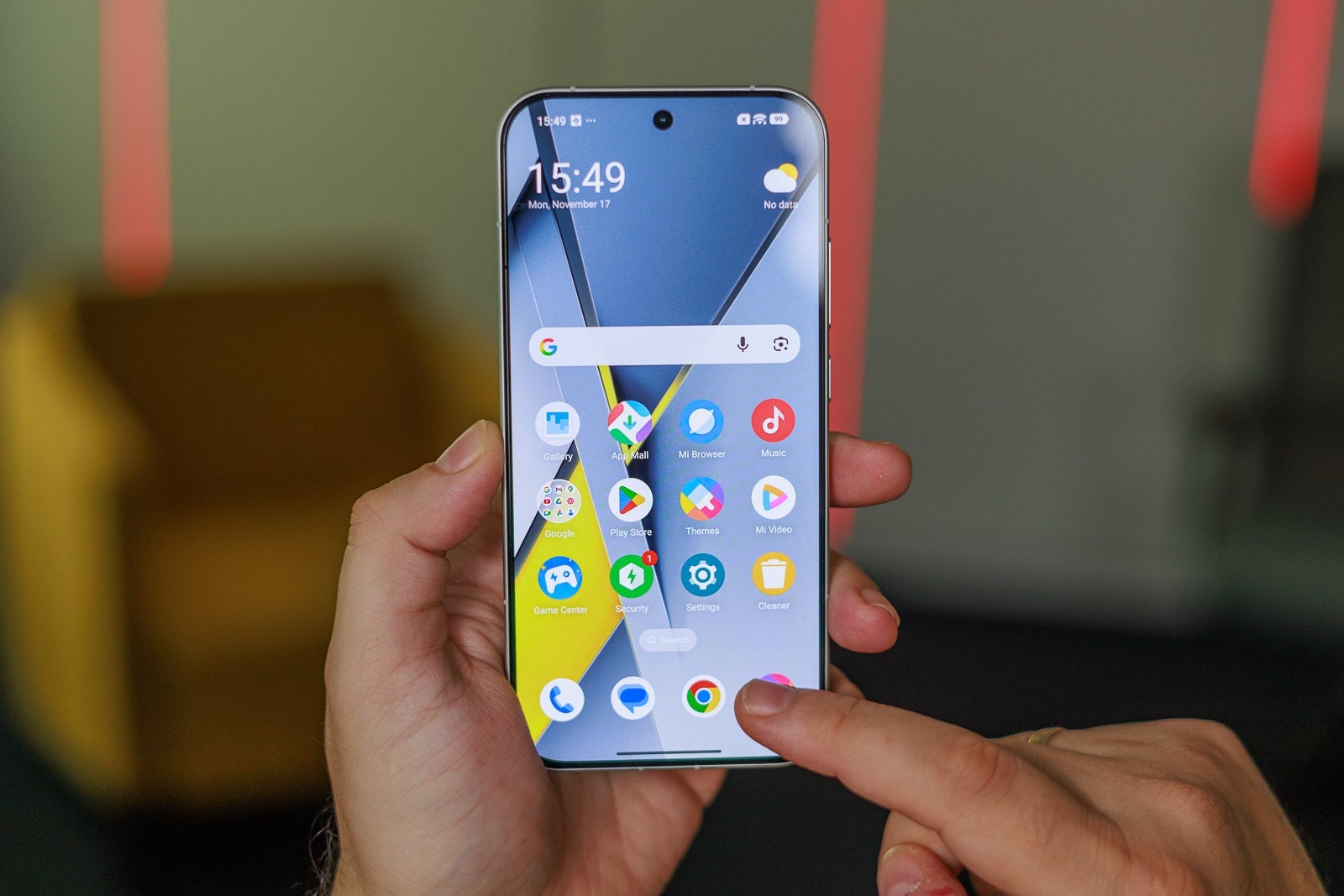
The Poco F8 Pro ticks a lot of boxes, especially considering its $579 price tag. The AMOLED screen is one of the brightest on the market, the battery life is top-tier, and the chipset inside, albeit a year old, is quite powerful.
The areas where the phone loses to the competition are the camera and the lack of wireless charging. You can get decent results from the main camera and even some fine portraits using the 2.5X telephoto, but the ultrawide is uninspiring, and the video is also pretty mediocre.
If you can live with these drawbacks, the Poco F8 Pro will give you a lot of joy as a daily driver.
The areas where the phone loses to the competition are the camera and the lack of wireless charging. You can get decent results from the main camera and even some fine portraits using the 2.5X telephoto, but the ultrawide is uninspiring, and the video is also pretty mediocre.
Follow us on Google News



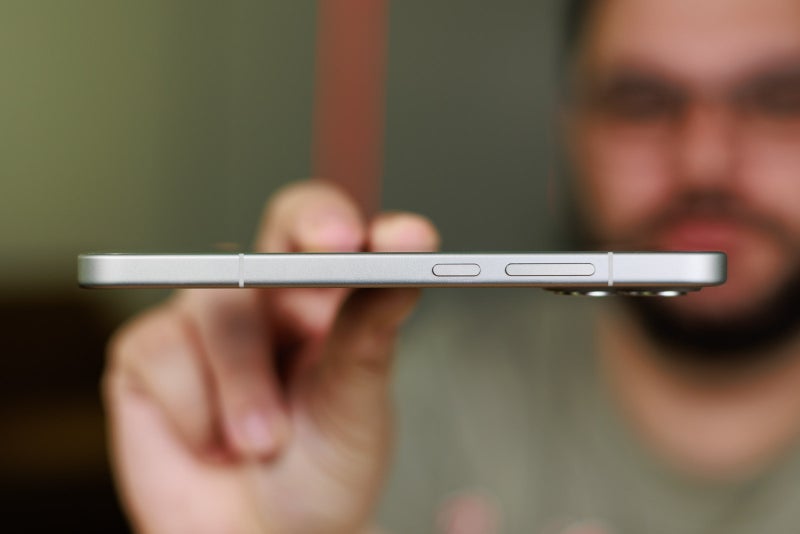
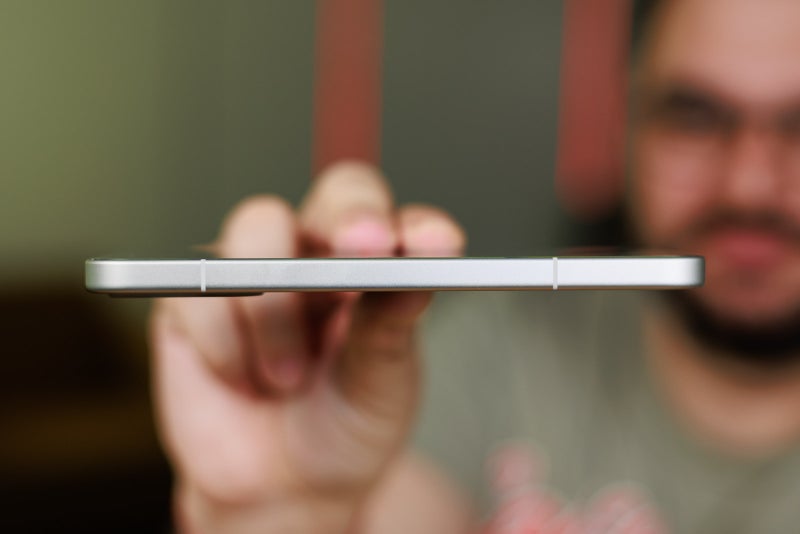
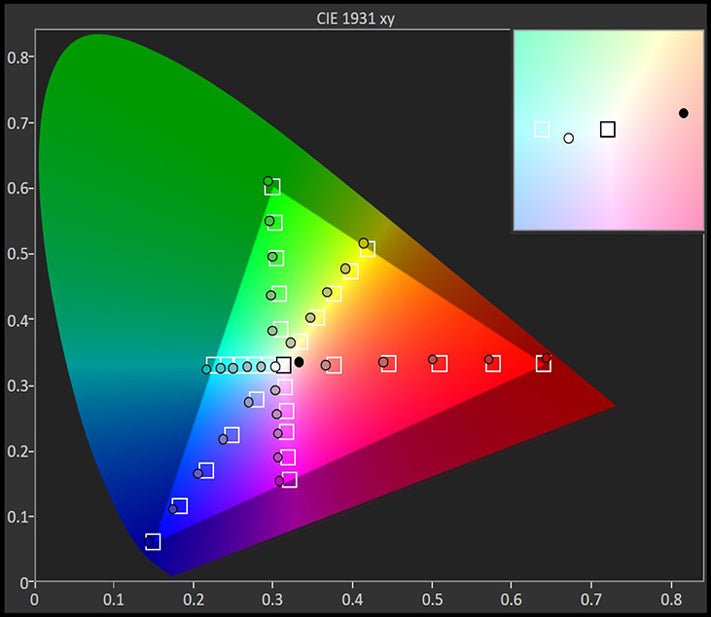











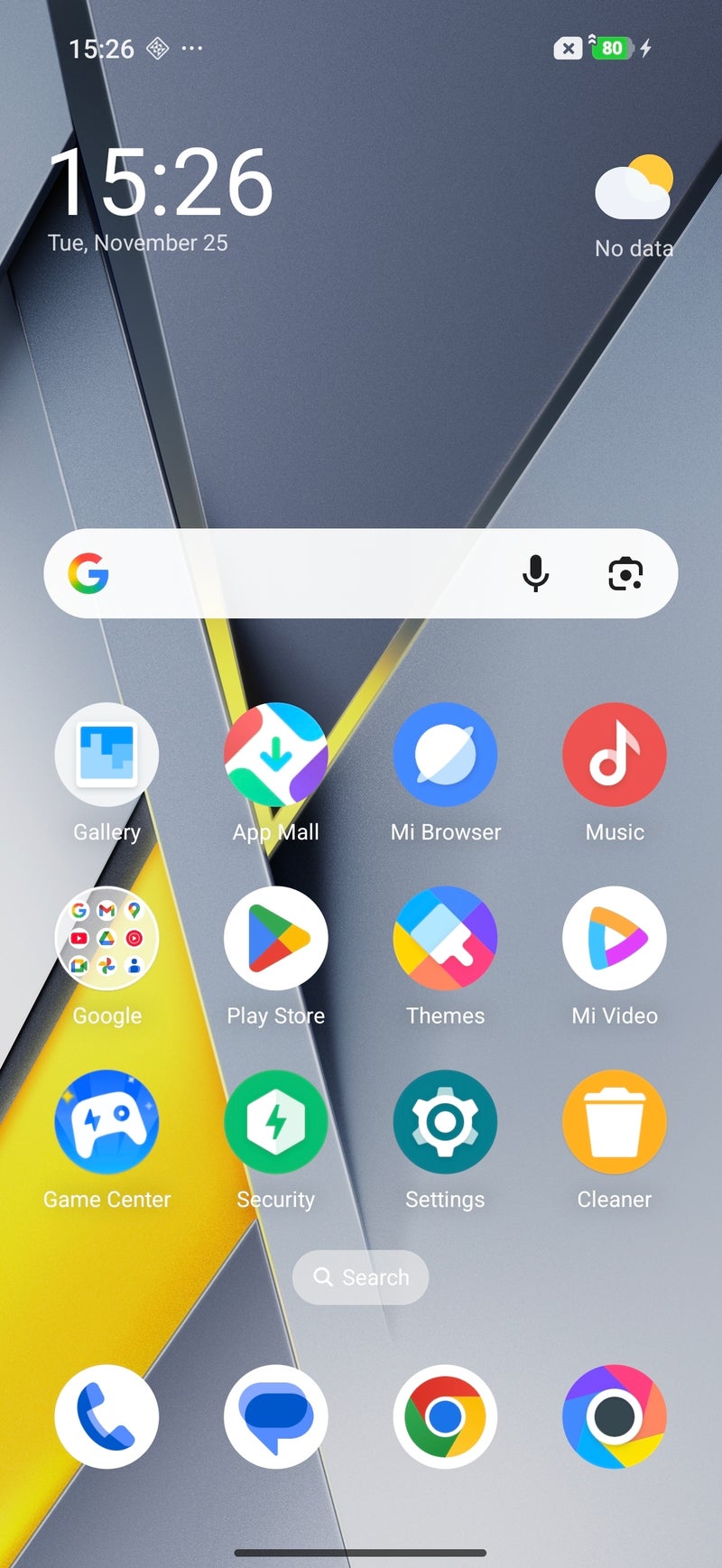

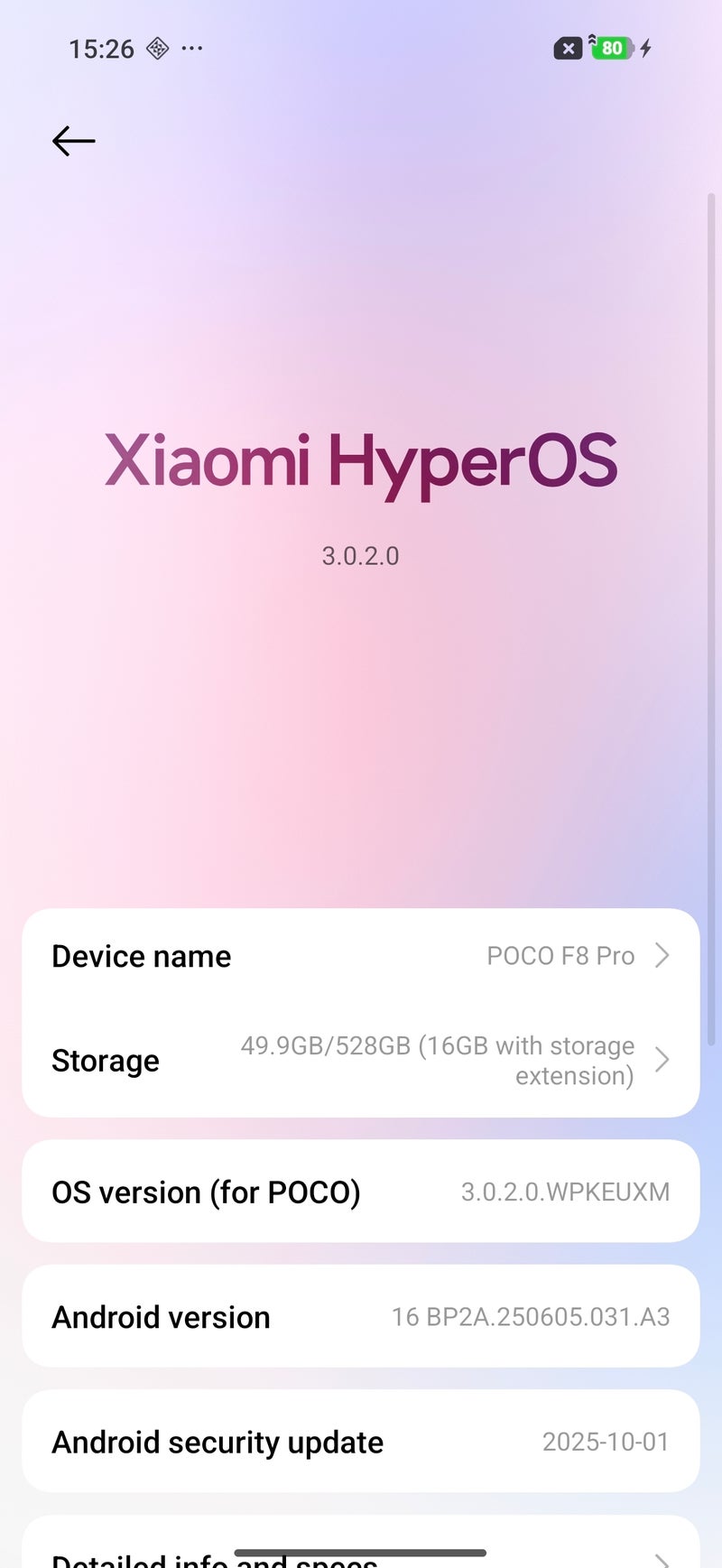
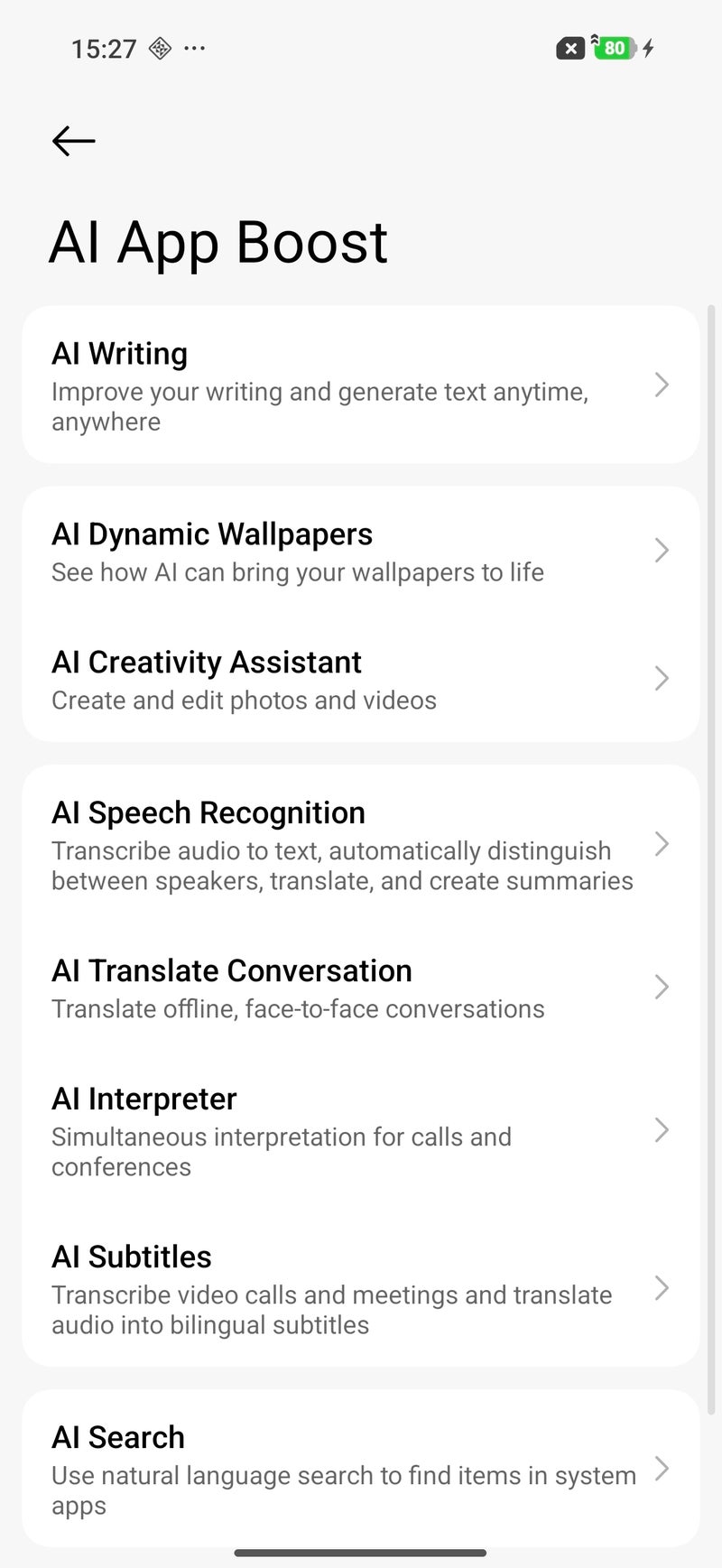
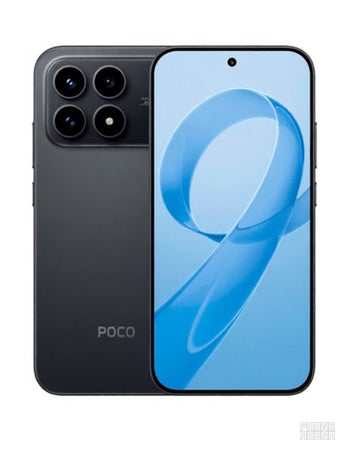


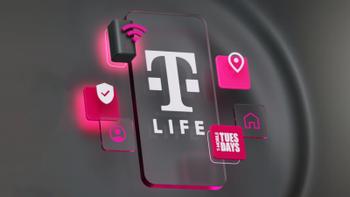
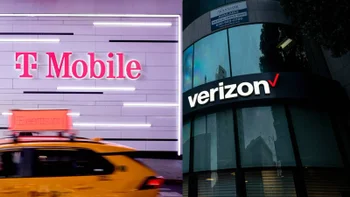


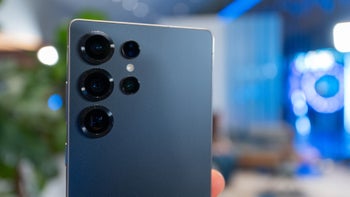

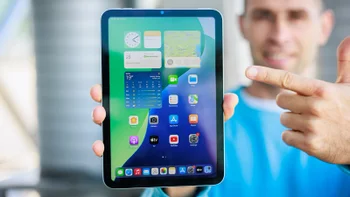
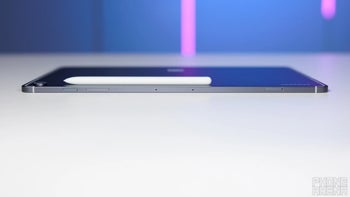
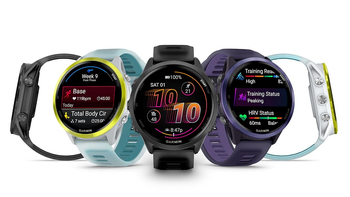
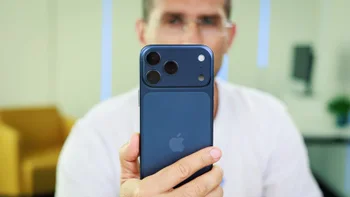
Things that are NOT allowed:
To help keep our community safe and free from spam, we apply temporary limits to newly created accounts: